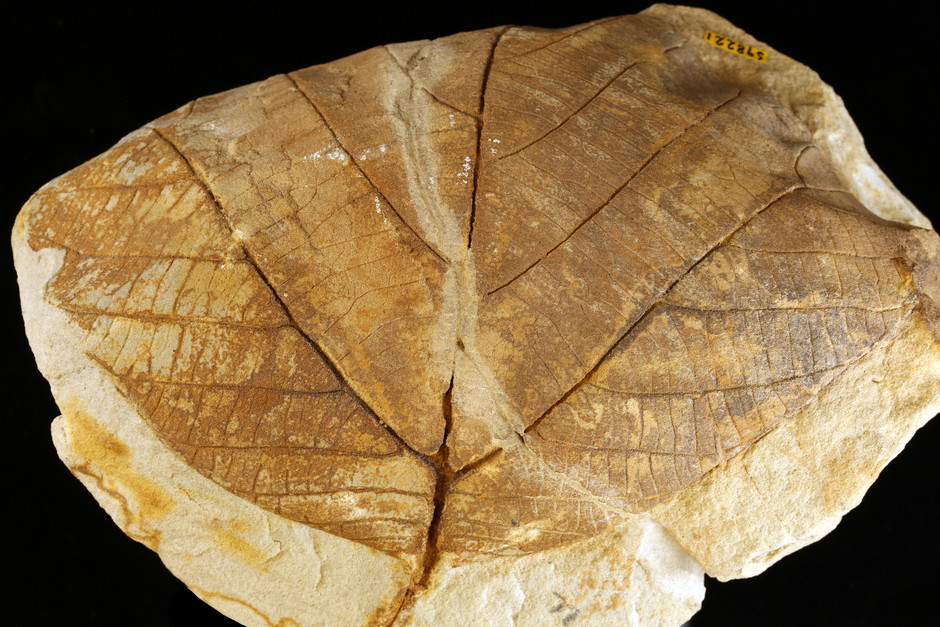Cretaceous plants of Quedlinburg, Germany
This collection from various localities around the town of Quedlinburg, Saxony-Anhalt, Germany, comprises approximately 4,700 specimens. The assemblage of leaf fossils and reproductive structures from the Early Cretaceous derives from a fern- and conifer-dominated vegetation, and that from the Late Cretaceous contains a newly established and important group for that time – the flowering plants.
The fossils were collected by high school teacher Paul Boguslav Richter (1853-1911). After Richter's death, the collection was bought by the Swedish industrialist Seth M. Kempe (1857-1946), who donated the collection to the National Museum of Natural History. The transport to Stockholm was spectacular because the plant fossils, packed in 70 wooden boxes, required an entire train car.
Professor Nathorst wrote in a short note that this was "the largest acquisition that has taken place since the creation of the department".
The image at the top of the page shows a leaf impression in sandstone of a Late Cretaceous sycamore tree, Credneria sp. (S098221) Photo: Thomas Denk

